Mesopotamia: cradle of civilisation
-
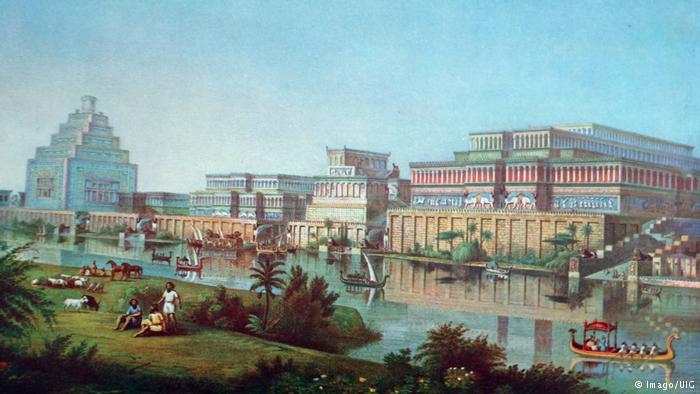
First cities: humanity′s first cities were founded on the banks of Euphrates and Tigris Rivers around 6,000 years ago. Over three millennia, the Mesopotamian civilisation developed into a dense network of cities, eventually giving rise to veritable urban centres like Babylon and Nineveh, the latter reconstructed here in an illustration -
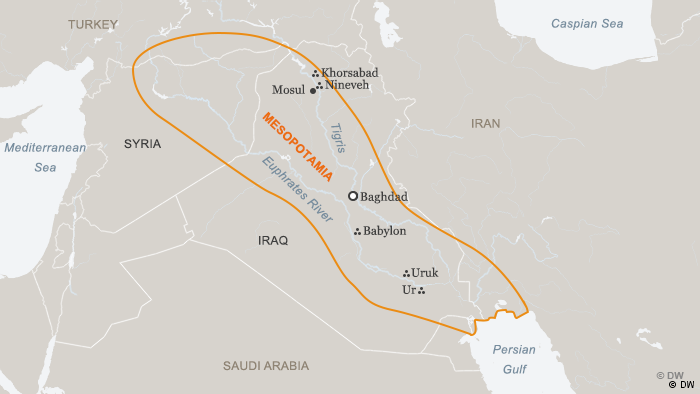
First empire: the Mesopotamian civilisation once existed in the region currently occupied by Iraq and Syria, divided into Northern Assyria and Southern Babylonia. At first, the region was made up of many small provinces, but around 5,000 years ago they joined forces and became one large territory -
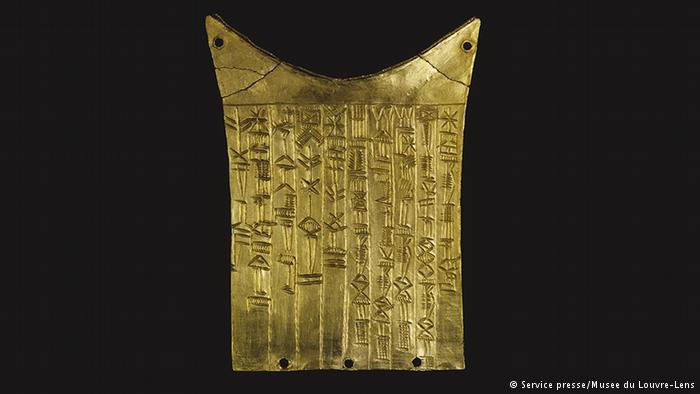
First script: at first glance, it looks like a beautiful pattern of simple lines and stars. But this image shows an example of the earliest known system of writing, called cuneiform, which dates back around 6,000 years to early Mesopotamia. Cuneiform led to the eventual development of the first alphabets in around a dozen different languages -
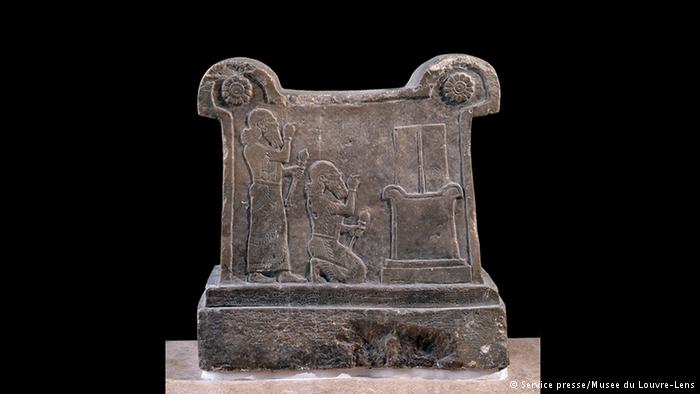
First kings: the Mesopotamian kings, including Tukulti-Ninurta I, named on this pedestal, were said to receive their powers from God. In return, they were responsible for providing security and planning their cities and for enforcing justice with the first written laws. This exhibit is one of 12 on loan from the Berlin State Museums for the Louvre exhibition -
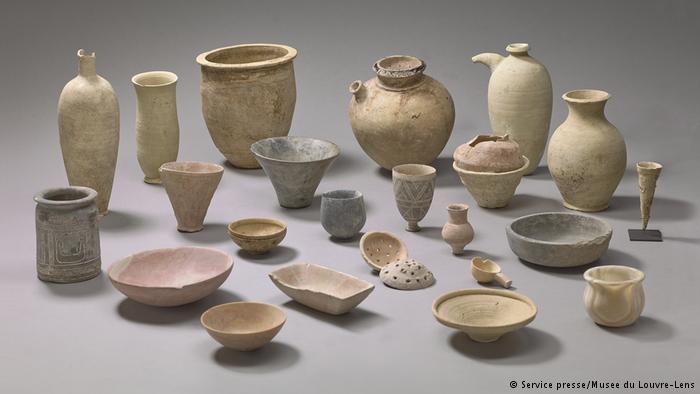
First agriculture: in Mesopotamia, hunters and gatherers became farmers and cattle breeders. For the first time in history, people no longer depended on berries and wild game for sustenance; instead, they planted fields and cared for livestock. They even built irrigation systems to supply arid southern regions with water. Around this time, milk also began being processed into varied products like yogurt and cheese. -

First wheel: this crucial invention was also developed in Mesopotamia. In this relief sculpture, a carpenter is seen chiselling an axle. The Mesopotamians also developed other innovative crafts, such as braiding and textiles. They also experimented with fire, creating ceramics, metals and even glass -
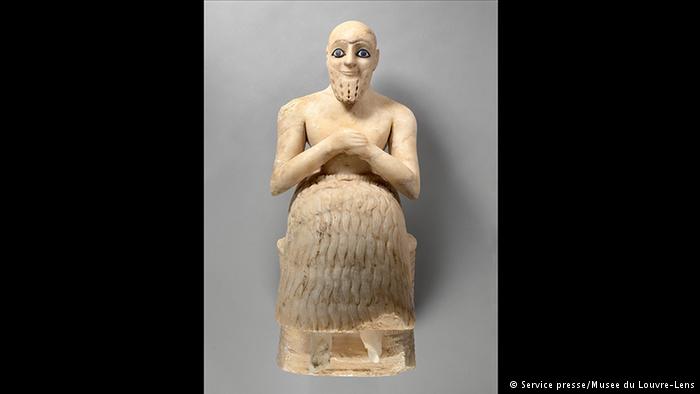
Divine hierarchies: with eyes made of lapis lazuli, this masterpiece in the Louvre-Lens exhibition portrays a praying Ebih-Il, a Syrian official from the 25th century B.C. Religion was a dominant force in Mesopotamia. The world of humans was seen as a reproduction of the divine world. High-ranking gods were served by lesser gods – humans were at the end of line and had to be obedient and hard-working -

The end: in the year 331 B.C., Alexander the Great brought an end to the Mesopotamian civilisation and spread Greek culture throughout the region. Mesopotamian traditions and ways of life were lost, until they were excavated thousands of years later. They will be on display, some for the first time, at the Louvre-Lens through 23 January
https://qantara.de./en/node/30891
Link
To all image galleries
